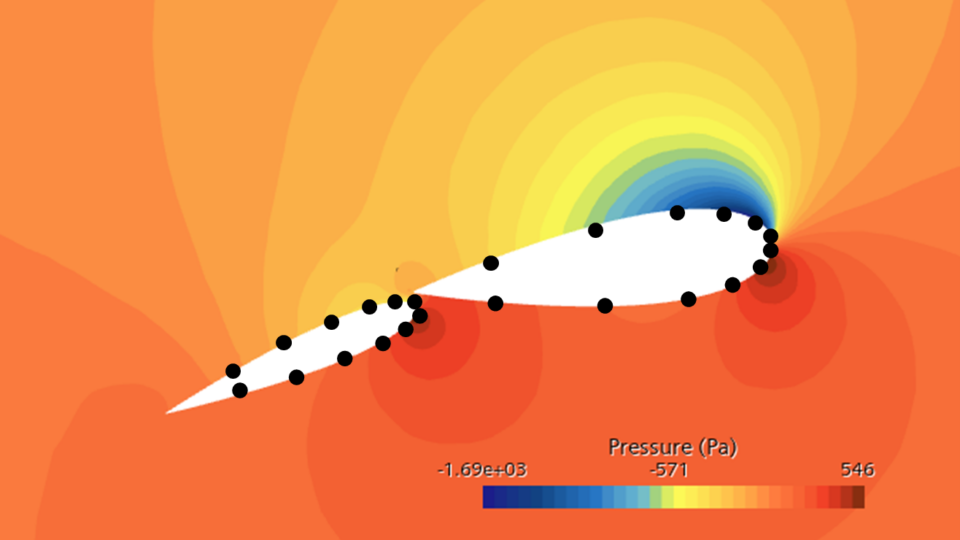Background
Being responsible for 3% of the worlds green house gas emissions, the shipping industry needs innovative concepts of propulsion. Using wind as a direct and renewable propulsion force can be realized with large wing-like rigid sails. This technology relies on the old concept of sailing combined with new ways of actuation and automated control. It is still at an early stage and the development of prototypes offers the chance of exploring their potential in real life. A profound experimental analysis of the governing physics, especially the flow responsible for generating the aerodynamic propulsion force, can lead to practical knowledge for further improvement in control and the advanced design of future wing sails.
This thesis project is concerned with the development and testing of a sensor array, enabling the study of surface pressures on a model prototype with the possibility of deployment on a full-scale prototype. Sensing surface pressure distributed over the wing sail profile surface allows for a quantitative analysis of how the generated aerodynamic force is distributed over the sail.
An example pressure distribution is shown in below image. Sensors could be placed along a 2D section as indicated with black markers. By integrating numerically over the profile, a 2D force contribution can be derived. If the same is done at several locations along the span, a second numerical integration can give a total force estimate.

